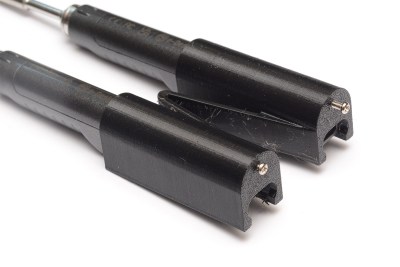No doubt many readers have at times wished to try their hand at blacksmithing, but it’s fair to say that acquiring an anvil represents quite the hurdle. For anyone not knowing where to turn there’s a video from [Black Bear Forge], in which he takes us through a range of budget options.
He starts with a sledgehammer, the simplest anvil of all, which we would agree makes a very accessible means to do simple forge work. He shows us a rail anvil and a couple of broken old anvils, before spending some time on a cheap Vevor anvil and going on to some much nicer more professional ones. It’s probably the Vevor which is the most interesting of the ones on show though, not because it is particularly good but because it’s a chance to see up close one of these very cheap anvils.
Are they worth taking the chance? The one he’s got has plenty of rough parts and casting flaws, an oddly-sited pritchel and a hardy hole that’s too small. These anvils are sometimes referred to as “Anvil shaped objects”, and while this one could make a reasonable starter it’s not difficult to see why it might not be the best purchase. It’s a subject we have touched on before in our blacksmithing series, so we’re particularly interested to see his take on it.
Continue reading “A Blacksmith Shows Us How To Choose An Anvil”


















